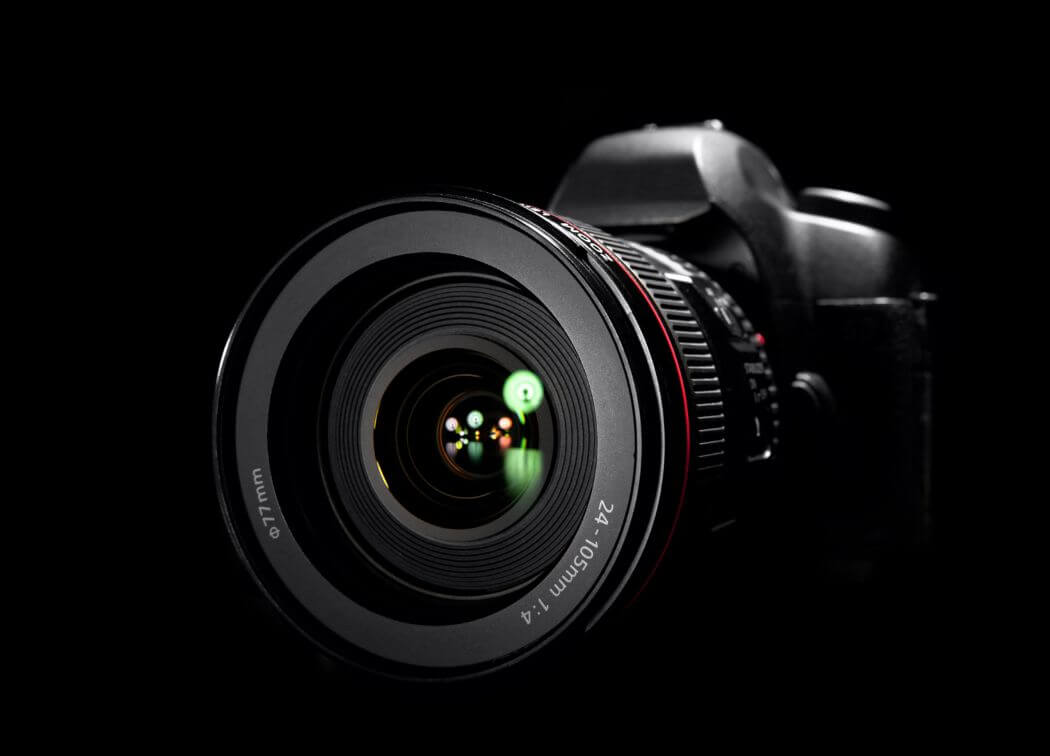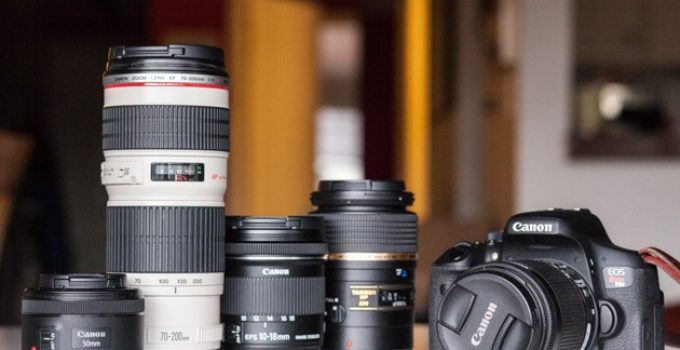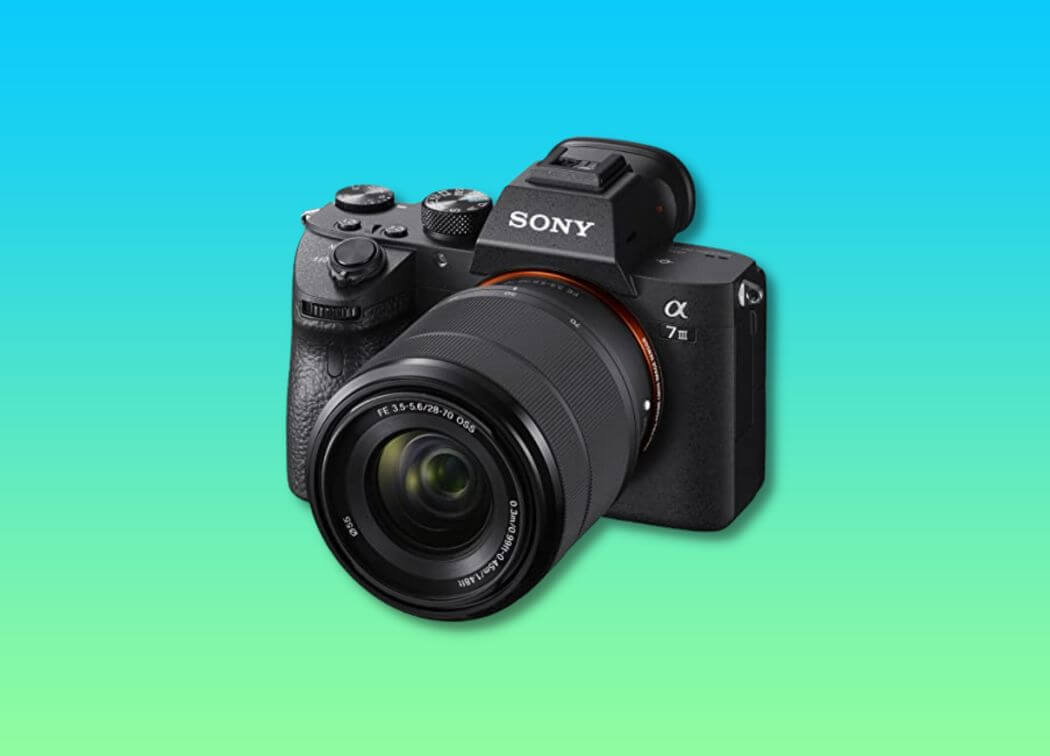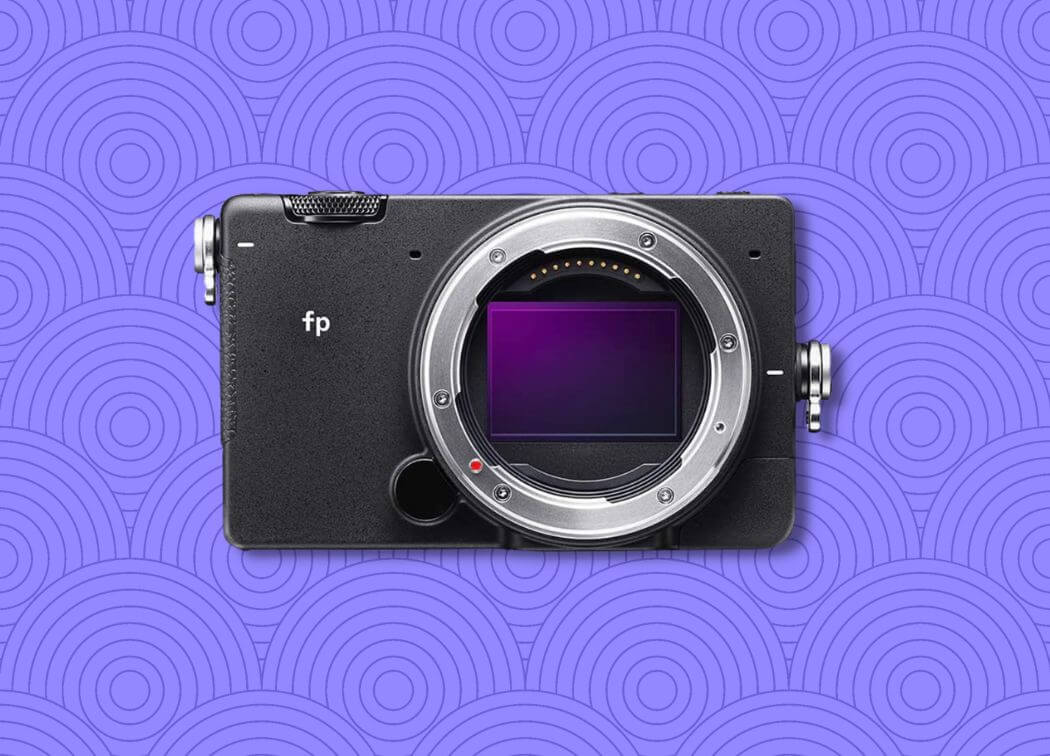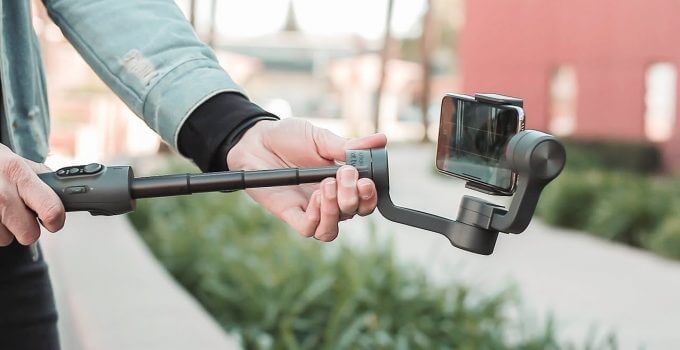Unfortunately, the joy of photography is often spoiled by camera malfunctions. Flat battery, defective display, or other malfunctions – the list of device defects is long. For some camera problems, there are very simple solutions, others are a bit more extensive. Find out how to get your camera ready for the next photo trip as quickly as possible here.
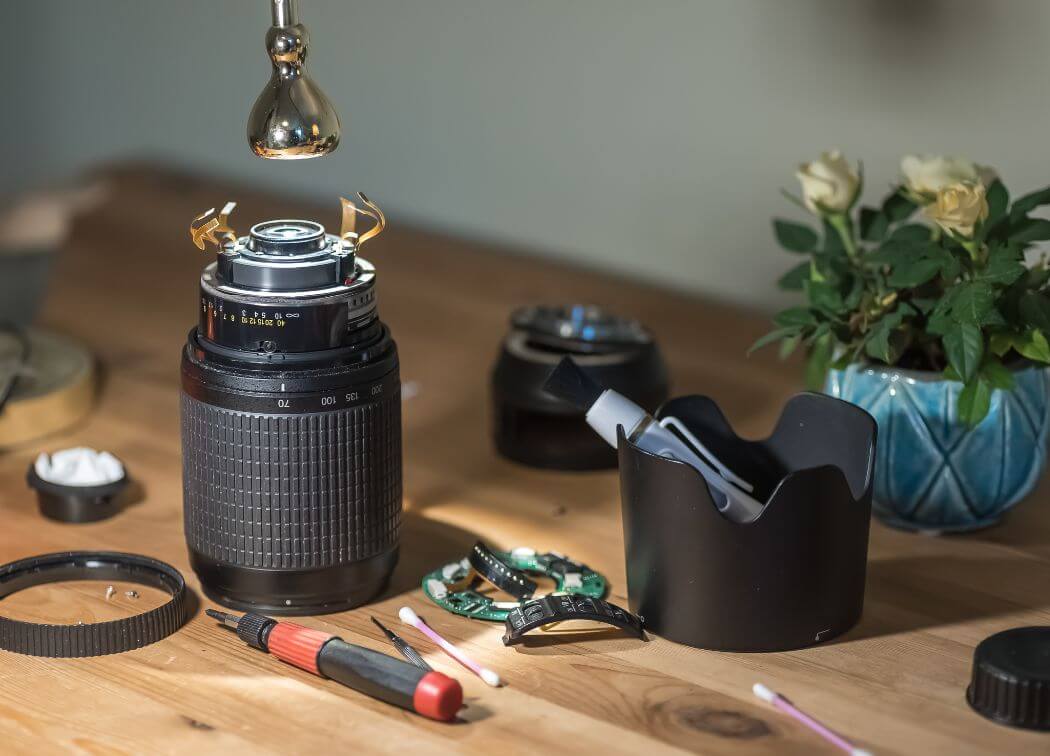
#1 The camera no longer shows any signs of life
Does your camera vehemently refuse to respond to any button press on your part? Often there is a problem with the power supply behind it. Maybe the battery in the camera is empty or there are problems with the connection between the battery and contacts in the camera? You can take a pragmatic approach and choose the easiest method first: replacing the battery. If you don’t have a spare battery for your DSLR camera at hand, you simply take the power adapter and charge the battery.
If it is completely empty, it can actually take several hours before you can use it again. It’s a good idea not to unplug it in the meantime so that it can actually charge to 100%. Most power supplies have a charge level indicator so you can see if the battery is fully charged by looking at the light.
Also, pay attention to the temperature of the battery. If the temperature is very low or overheated, the battery will not work as expected.
Fault in the electronics: now customer service is needed
If you have fully charged the battery and your camera still won’t give any sign of life, there seems to be a more serious problem in the electronics. Of course, you can try to bring the camera back to life (assuming you are a professional). Often only contacts need to be cleaned or replaced, as they are simply subject to the wear and tear of time. If you need spare parts, you can often get them online for a very reasonable price.
Clean the contacts on the battery
You can clean your camera yourself and bring it back to shape. But there are a few important things to keep in mind. Read our article on how to clean your device properly. The listed material also helps when cleaning contacts on the batteries or on the camera.
However, if you have recently purchased your camera and it is still under warranty from the manufacturer, doing it yourself is less suitable. Many manufacturers will void the warranty if you open the electronics or other functionally relevant components yourself for troubleshooting. In this case, it is better to send your camera to the manufacturer’s repair service to have the problem solved.
#2 Autofocus no longer works
If you want to capture great impressions during a couple’s shoot, landscape photography or simply on your next holiday trip, autofocus will help you to focus your picture. However, sometimes autofocus won’t work, which isn’t always due to a lack of photography skills. For example, if you drop your camera, the autofocus may lock up, depending on the camera model, and you may not be able to focus in the AF area.
- You can try to restart the camera and try focusing again. Sometimes even the most innovative technology has its pitfalls so that the focus cannot be carried out.
- Sometimes it even helps to take off the lens and mount it again.
- Some camera models have a separate switch on the lens that can manually turn autofocus on and off. Is the switch perhaps inadvertently flipped and the autofocus turned off?
Although it may still sound a bit unlikely, check anyway if you can actually exclude this possibility. This is a problem that can also occur with many menu settings on particularly extensive cameras. For inexperienced photographers, it can quickly be overwhelmed by the numerous features to grasp the many settings and use them correctly. It is quite possible that the autofocus function was deactivated in the menu in the heat of the photographic battle.
If you have excluded all these options and the autofocus still does not work, you should contact the repair service of your manufacturer or an independent workshop. If the camera was recently purchased, you are even entitled to a warranty/guarantee.
#3 The images are blurry and out of focus
Photography lives from strong impressions, from visually powerful representations, and usually also from crystal-clear results. How beautiful the play of light, color, contrasts, and sharpness can be, is shown by various photo exhibitions, which are supported, for example, by the Deutsche Gesellschaft für Fotografie e. V. (German Society for Photography).
But what happens if you suddenly see nothing at all or only unintentionally blurred images when looking through the lens? Causes for blur are extremely diverse and are often related to the lens.
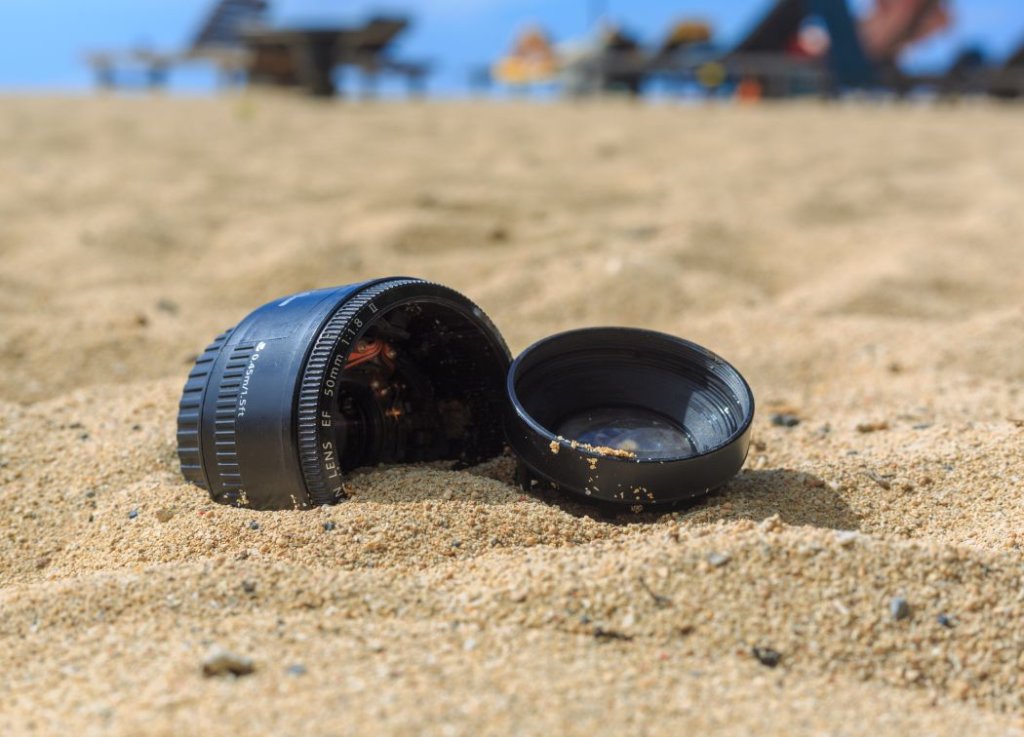
Is it incorrectly adjusted? Is the lens perhaps even dirty? When attaching the lens, even if you are very careful, fingertips often get on the sensitive lens. The result: small amounts of dirt and grease residue. These can leave unsightly traces on your picture, especially when exposed to intense light.
Therefore, it is recommended to always leave the lens cap on the lens until you actually want to take pictures. Cleaning the lens cap with a microfibre cloth beforehand is also a good idea, as it removes small residues and fluff in no time.
Cleaning the lens correctly
Unfortunately, many photographers use the wrong cleaning products and then complain about long-term damage to their lenses.
Often there are also stubborn little dots and dust residues that cannot be found on the lens itself. Just look between the lens and the camera. Sometimes grains get stuck in the gap on the camera before you attach your lens. You can usually only see them when you look through the lens. To remove this residue, read the instructions linked above.
#4 You jammed your memory card
Most modern cameras work with filigree memory cards, giving you the ability to easily capture hundreds of images from your photo journey. As advantageous as the filigree cards are, they also have many pitfalls. For example, if you insert the memory card with too much force, it can get jammed and damaged.
A phenomenon that occurs mainly with inexperienced camera users: The memory card is inserted the wrong way round and then gets stuck in the housing slot. Now you need a sure instinct and a little patience. To avoid damaging the camera slot, the memory card should be moved very carefully. A tool (e.g. a needle or the tip of a thin pen) can also be used as a support. It is important not to pull too hard so as not to damage the metal contacts inside your camera.
#5 The camera got wet
If you are outdoors on a photo tour, your camera should always be protected from rain and other weather conditions. If water gets into the camera housing, there is often nothing you can do to save it. But you can try to save it:
- As soon as you notice that your camera has been exposed to water, turn it off immediately.
- Remove the battery.
- Then try to dry them as soon as possible. Dabbing with a microfiber cloth is a good way to do this. Rice can also work wonders for some cameras that come into contact with water.
- Remove the lens, remove the memory card, and place the camera in a bowl of rice, preferably with the battery cover open. The rice ensures that the moisture is removed. However, this is really only helpful for cameras that have had minimal contact with water.
If your camera has fallen into the water while shooting, there is often nothing you can do to save it. In this case, only the replacement of the affected components or, in the worst case, even the replacement of the device can help.
#6 Display is scratched
You didn’t pay attention once and put your display unprotected in the camera bag? Scratches and other signs of use are not uncommon on the display, but can often be easily repaired. For example, you can repair small scratches with a special paste for surface treatment.
If the scratches are too deep and you have problems taking pictures, you should consider replacing the display. The displays of many manufacturers can be easily replaced. If you do not dare to make this effort, you can also have the exchange carried out by professionals in camera workshops. To avoid such damage in the future, you should apply a protective film right away.
Conclusion
Cameras are always prone to malfunctions or limitations due to mishaps. Some of them you can fix yourself in no time or even prevent with some skill. Sometimes it is recommended to have the camera repaired by a professional, especially if you can still use the warranty/guarantee of your camera manufacturer.

